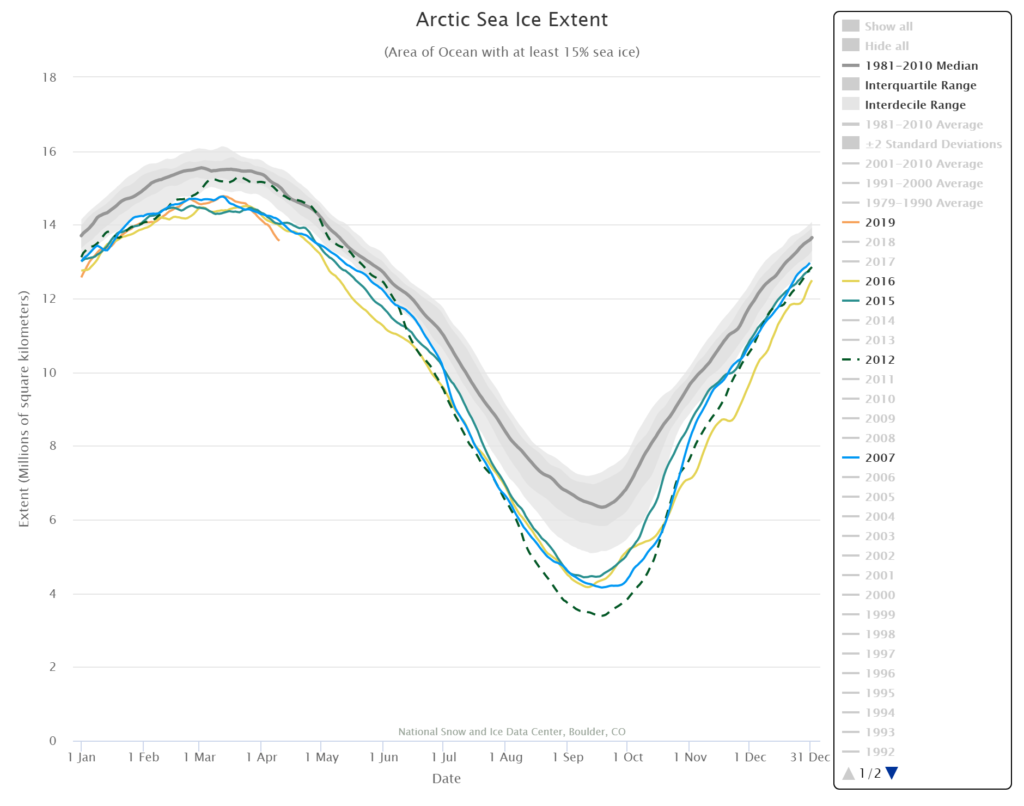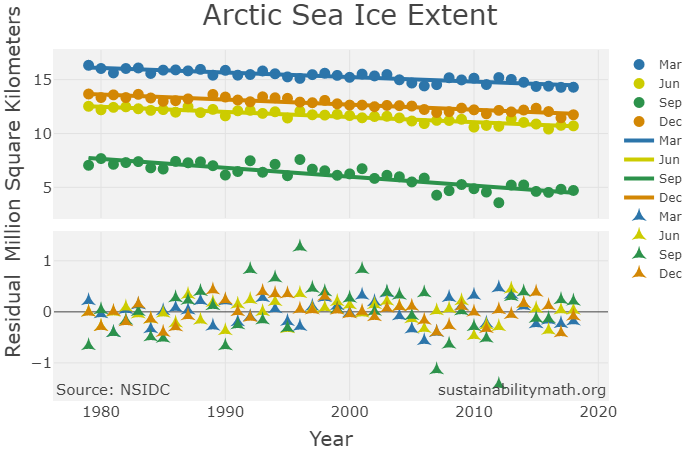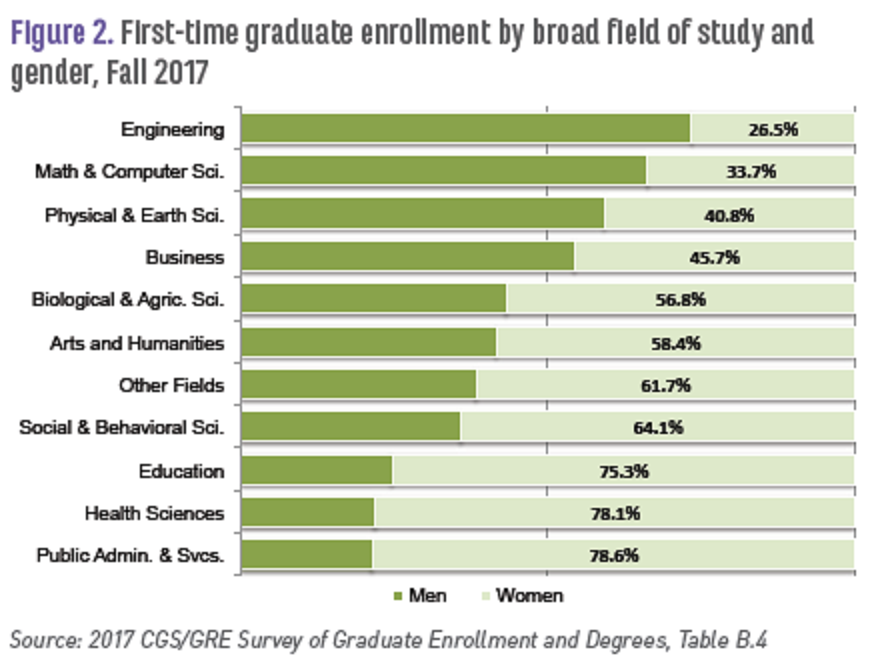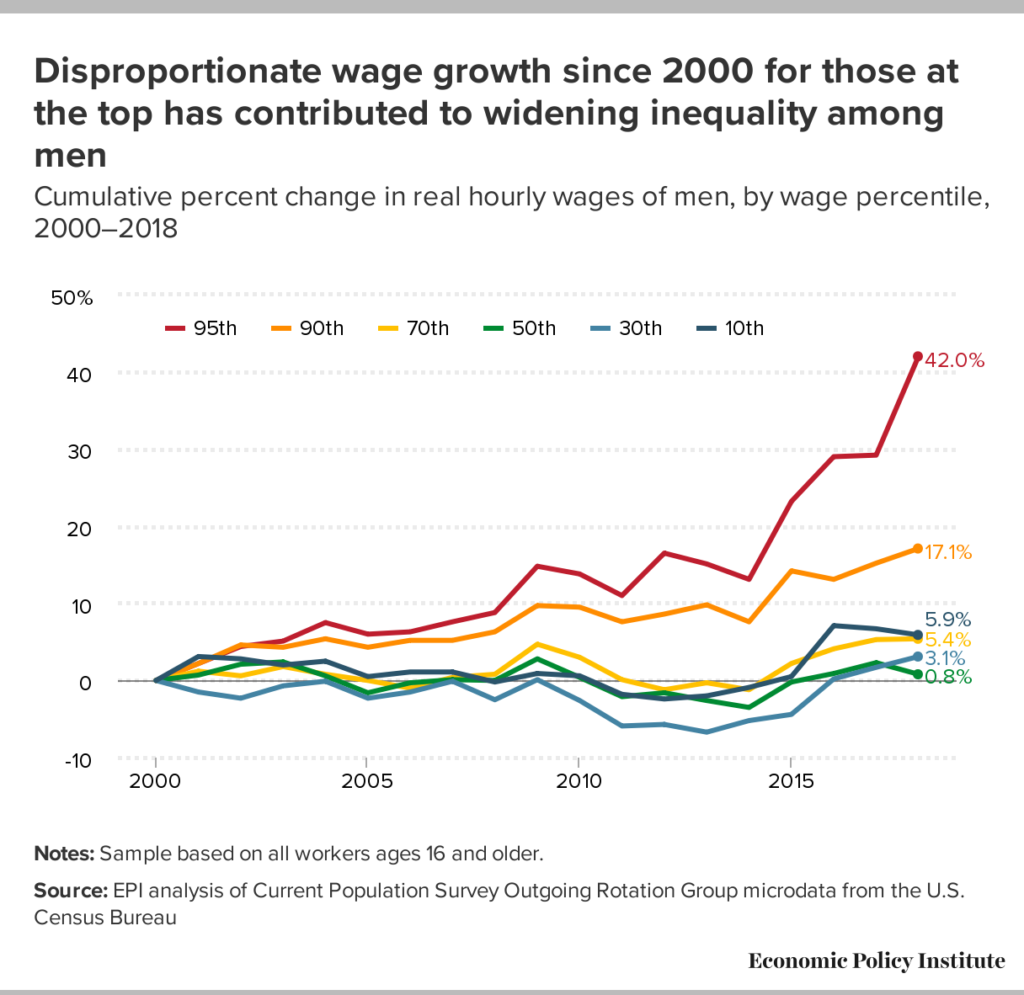The EIA has a new portal for state energy information. The new portal is introduced in the post New EIA Product Expands Access to State and Regional Energy Information by Stacy Angel and Pauline George (5/16/19).
EIA’s new State Energy Portal provides greater access to more state-level U.S. energy data with interactive, customizable views of more than 150 charts, tables, and maps. Infographics show the overall energy context for the states; state rankings provide a way to compare states. Users can download charts and embed them in their websites.
For example, the chart here is from the new portal. It is natural gas consumption by sector in New York from 2014 through Feb. of 2019. Notice the relationship between residential and electric power. Quiz question: Why does residential and electric power peak at opposite time of the year? The choices for this individual data set included a time range dating back to 1990, stacked bar chart, or table. The data is also available. Choose a state, an energy product, and explore.








